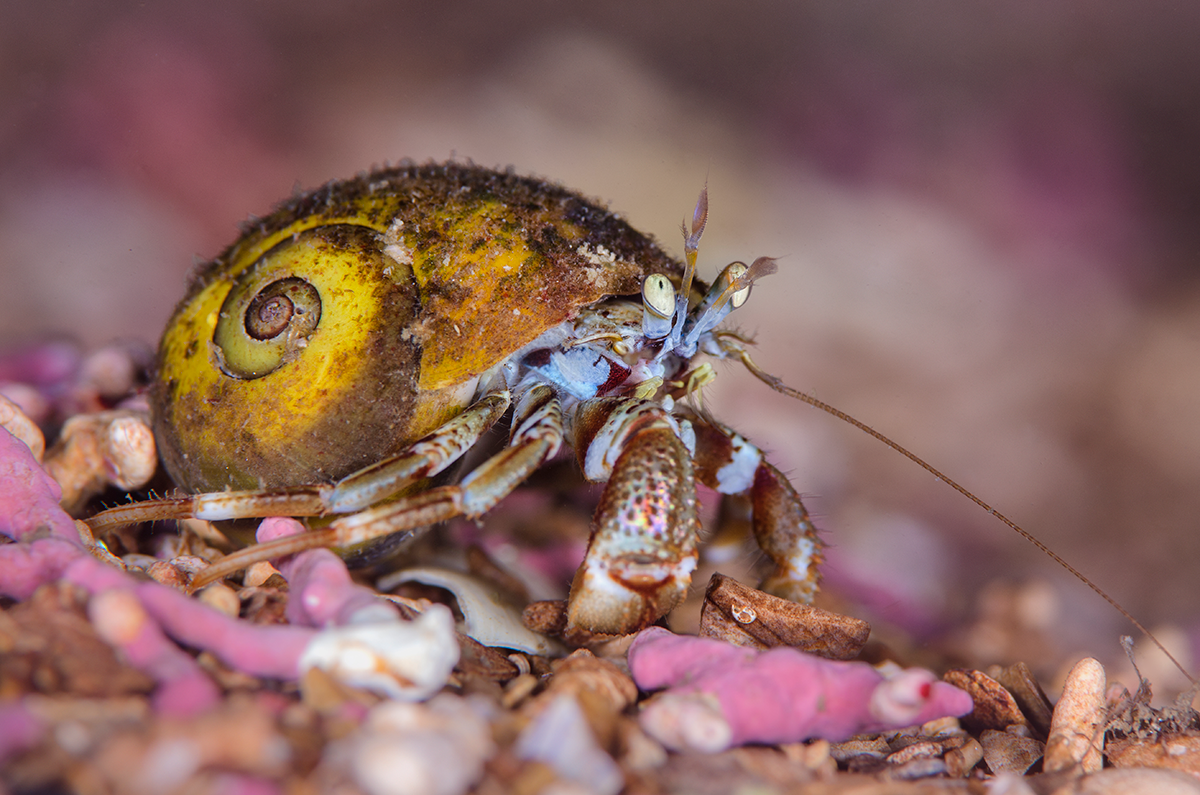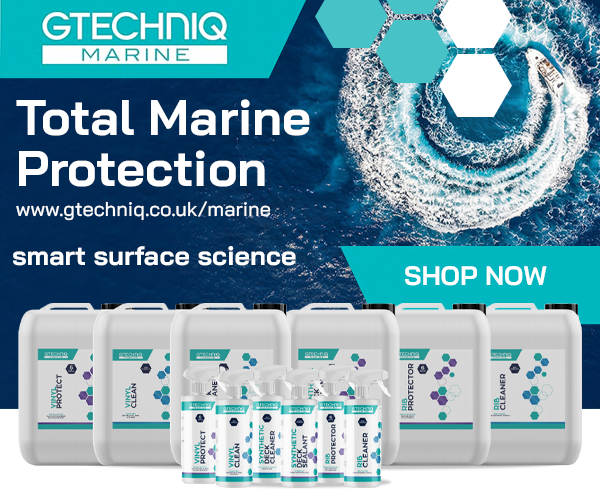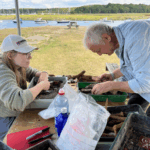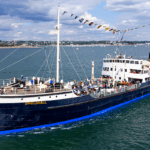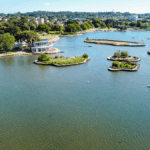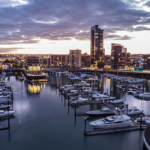The Wildlife Trusts’ National Marine Week (26 July – 10 August) is uncovering the mysterious world of our seabeds: the rich habitats which surround our islands and store vast amounts of carbon* but are often seen as brown, boring and lifeless.
These vital habitats are full of incredible wildlife and yet they are threatened with destruction by industrial scale fishing in many areas. In the UK, over half of marine habitats are deteriorating and only 29 per cent of estuaries and coastal bodies are in good ecological condition. Even Marine Protected Areas – nature reserves at sea – are not yet fully protected from destructive fishing activities such as bottom trawling, where huge nets and chains are dragged along the ocean floor, bulldozing anything in their way.
Daniele Clifford, marine conservation officer at The Wildlife Trusts, says: “Many people don’t realise we have amazing cold-water corals, chalk reeds, muds and more in the UK and these are home to a huge amount of wildlife. We have all been moved by Sir David Attenborough’s film, ‘Ocean’. His message that our seas will recover if we protect them from harm is so true. But we all need to do more and we hold National Marine Week each year to celebrate our oceans but also to highlight their plight.”
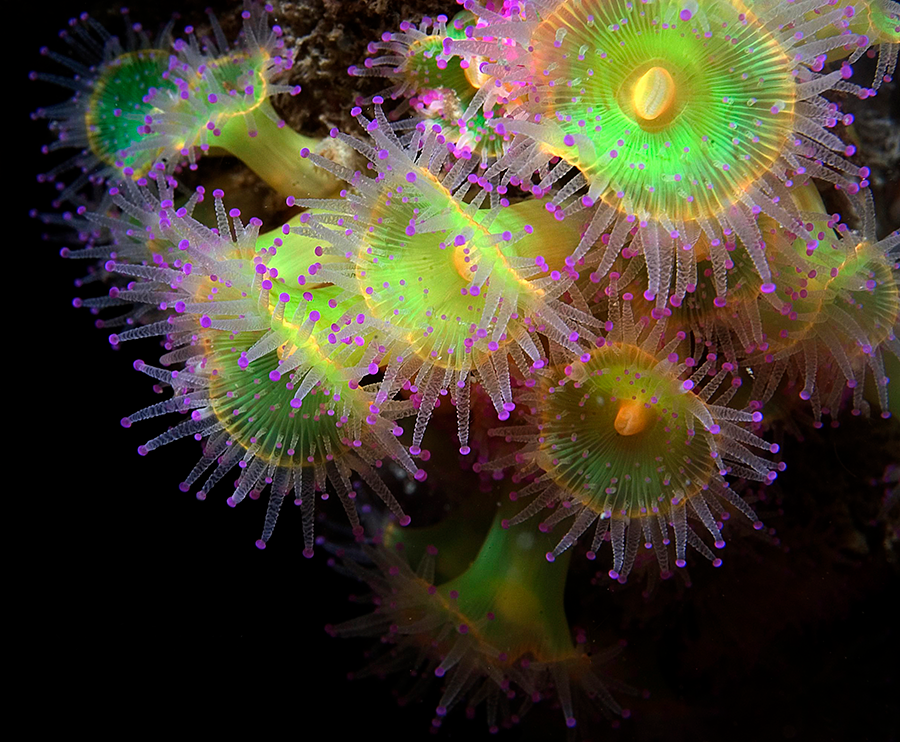
The Wildlife Trusts are encouraging us all to do three things this summer to show our support for our seabeds.
- The Government is currently running a consultation on the practice of bottom trawling in Marine Protected Areas. Add your voice to this consultation by telling the Government to stop bottom trawling: Ban Bottom Trawling
- Take part in an event. Local Wildlife Trusts around the country are running a range of eventsfor all family members during National Marine Week
- There’s strength in numbers, so join our wave of marine champions. Sign up here: Friends of Marine Newsletter
Whilst the threat of bottom trawling still hangs over them, The Wildlife Trusts are revealing seven secrets of our incredible seabeds, to demonstrate their beauty, complexity and fragility.
The name of the oldest animals on Earth
Hidden amongst our muddy seabed sediments are the longest-lived animals known to man. They are so old that some shared our planet with King Henry VIII. Ocean quahogs are round aquatic molluscswith growth lines across the shell. You can age them by counting the lines. Plus, scientists use them to discover how warm or salty the sea was up to 500 years ago.
Where to swim with shoals of tiny sand eels
Sand eels are tiny silvery fish which are not really eels at all. The favoured fish of puffins, they thrive in sandy and gravel-rich areas and from April to September can be seen swimming in large shoals close to the seabed. To swim with sand eels, take a dip at Looe or snorkel off any of the Falmouth beaches, where Cornwall Wildlife Trust runs snorkel safari events.
How seagrasses pollinate underwater
Seagrasses are the only flowering plants able to live and pollinate under seawater. Male seagrass flowers produce the longest pollen grains on the planet. These float onto the pistils of female flowers. Cumbria, Yorkshire and Hampshire and Isle of Wight Wildlife Trust are restoring these meadows, which are also carbon sinks. Volunteers are always needed.
The seaweed which protects us from storm surges
Underwater forests of brown seaweed, or kelp, have a superpower – as climate change creates more severe weather, they provide a buffer against storm surges, helping to reduce coastal erosion. You will find these special plants in Sussex, where Sussex Wildlife Trust is running a nationally recognised Kelp Recovery Project.
Where to find beautiful coral-like seabeds around our coasts
Off the coasts of Scotland and Cornwall are seabeds as beautiful as any you will find in tropical waters. Maerl beds are formed of intricate branches of pink and red nodules. They are irreplaceable, but despite their importance for both biodiversity and carbon storage, they are still at risk from bottom-towed gears.
The best locations to rock pool amongst rocky reefs
Rocky reefs can be alongside the seashore or submerged beneath the waves at depths of up to 2000 metres. Rock pooling by the seashore is a great way to meet solar powered sea slugs, crabs, star ascidian and strawberry anemones and some of the top spots are Wembury Beach, Devon, Killiedraught Bay, Scotland, and Flamborough Head in Yorkshire.
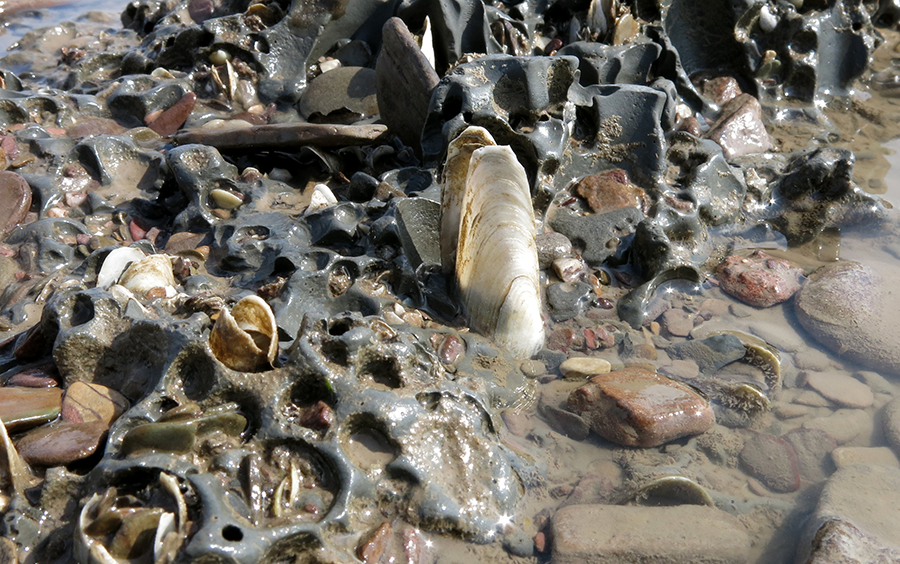
The seabeds which are easily bored
Chalk reefs form less than 1 per cent of Britain’s coastline and more than half of this is in Sussex and Kent. These reefs, which are soft and easy to tunnel into, provide an important home for a variety of creatures, including rock-boring animals such as piddocks, a type of molluscs which glows in the dark, sponges, edible crabs and lobsters.
To find out more about the seven secrets of our seabeds and get involved in the myriad of National Marine Week celebration events this summer, visit National Marine Week .
*Carbon stored by our seabeds: 240 million tonnes of carbon in the top 10cm alone.





